Mazon Creek Collecting report #2
I’ve made a couple shorter trips to Pit 11 between this and my last trip report that went undocumented. To be honest, sometimes I do not have the patience to take pictures, or the time to post quality reports, and some are better left as a peaceful, solo venture into nature with no agenda. But sometimes I like to take photos and write about my finds, and share updates such as this.
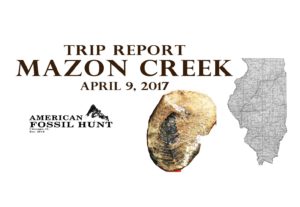
The Terrain
We focused on one main area, near the north end of Monster Lake that is documented in the Mazon Creek Field Guide. It is very difficult to get to, even in early spring before the vegetation grows very thick. This area will be inaccessible by foot in another few weeks, except for those who are crazy enough to do some very heavy hiking. Today, we searched a very rich ridge that I knew about, but even this early in the spring, the brush made it very hard to find. I was the blind leading the blind, as I wandered through the woods, telling everyone I was sure it was just “one more hill over.” We got distracted frequently on the way, since the entire trail to my honey-hole was relatively fossiliferous with many concretions lying right on top of the soil.
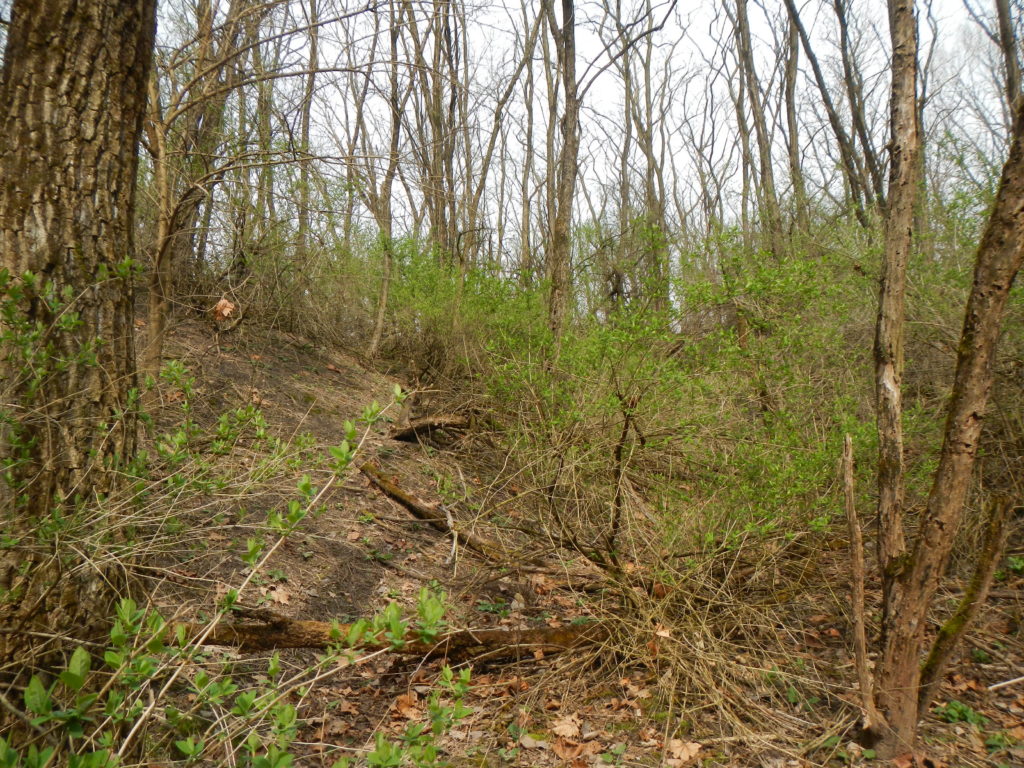
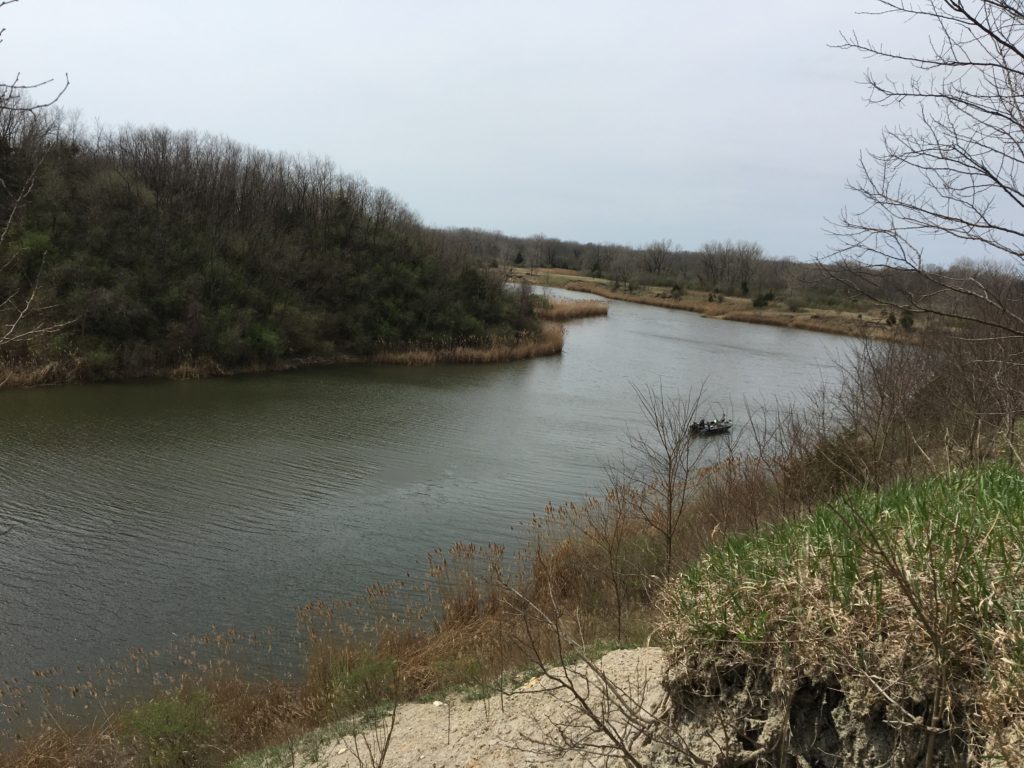
The Crew
This was a fun hunt with a crew that we’ve nicknamed the “Torino Squad.” This was the first time all of us were together in the south unit, and a great day I’ll remember for a long time! Today we were on foot, since it is still spring, but soon we will have to resort to kayaks and a boat to collect some other areas we are eyeing for this summer. My girlfriend came as well, and she got to see the origin of the seemingly constant flow of concretions that flood our freezer (she took the first photo).
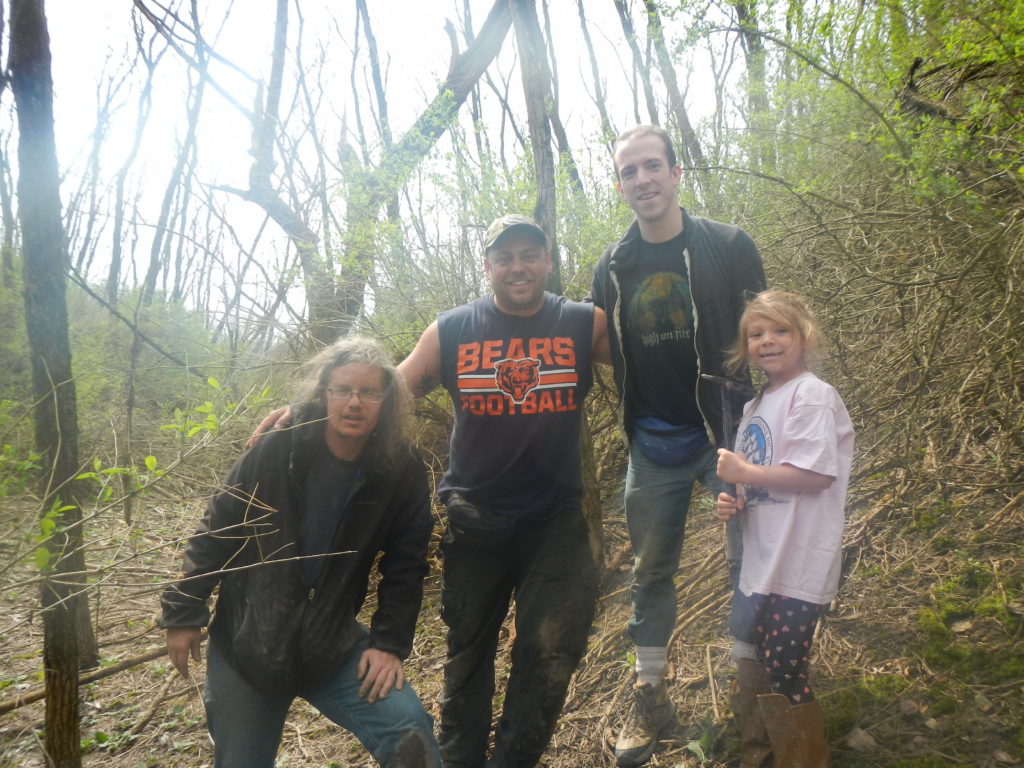

The Collecting
There were some very heavy rains just prior our collecting, and we collected at the perfect time, where it was not very muddy, and a lot of concretions were very visibly washed out. It is also fairly early in the spring, so surface collecting continues to be phenomenal.
 The weather was near-perfect I’d say. And we collected from about 9:45 until 12:30pm.
The weather was near-perfect I’d say. And we collected from about 9:45 until 12:30pm.
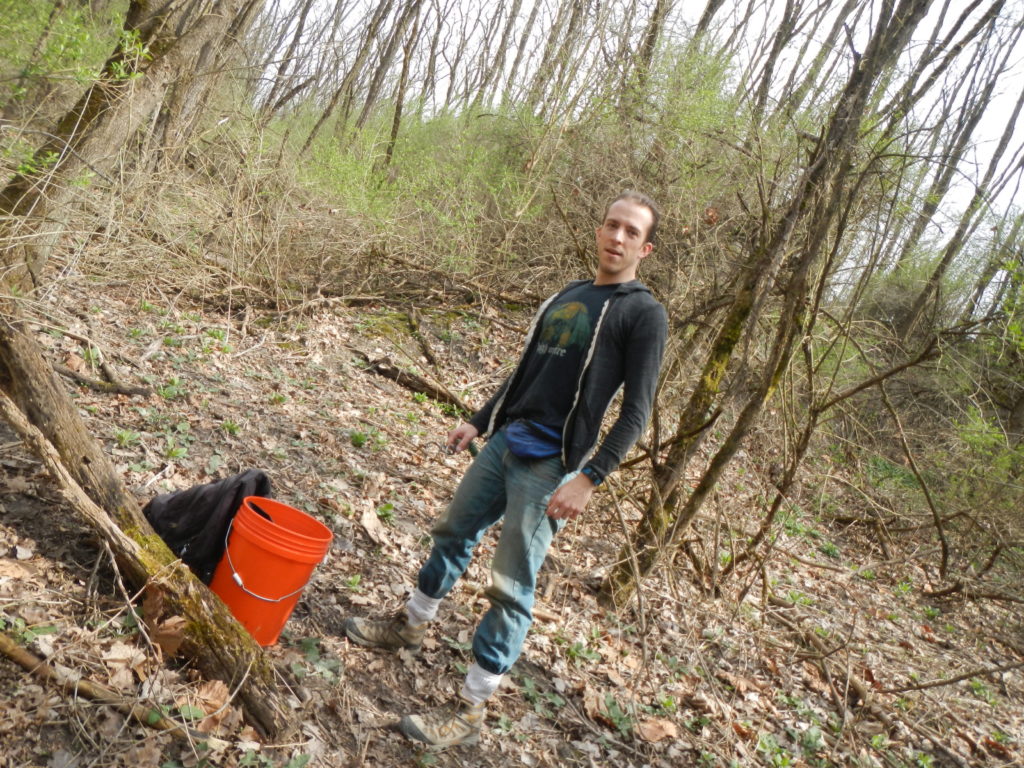 Some Mighty Oaks towered over us in this part of the forest. It is a good sight, in a ‘reclaimed’ area that is mostly full of invasive plants.
Some Mighty Oaks towered over us in this part of the forest. It is a good sight, in a ‘reclaimed’ area that is mostly full of invasive plants.
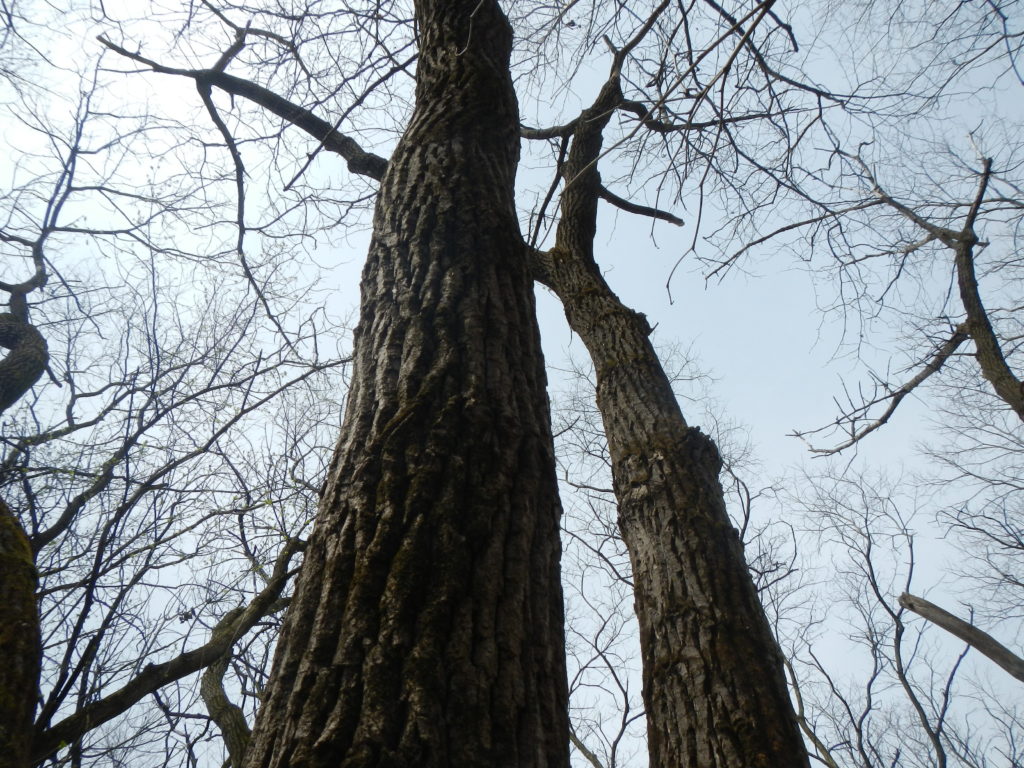 Wildman and I doing a bit of prospecting.
Wildman and I doing a bit of prospecting.
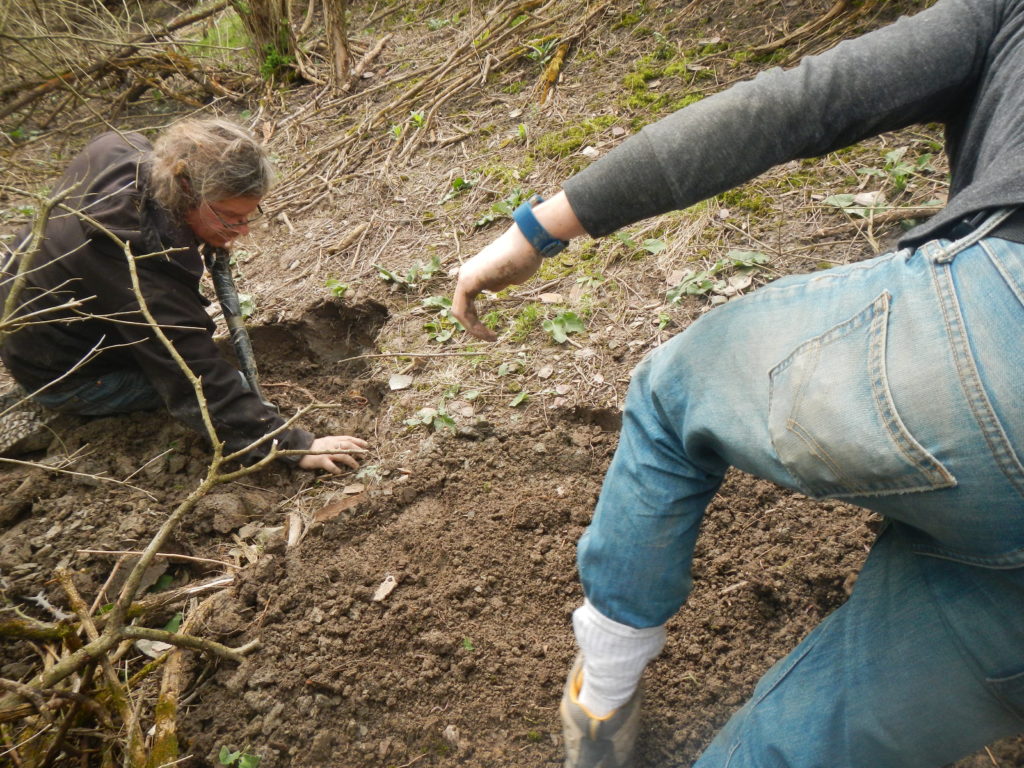
I found a large de-formed jelly, that I stuck in a log not too far from the spot we were collecting. It was too big, and not good enough quality for me to want to take home. Sometimes I think, “oh this one did not get preserved correctly” but I realize that it is actually the identifiable concretions that are the ones that did not follow the natural cycle. All these fossils we are finding should have decayed and fed nutrients back into the earth. But rather, they are frozen in siderite and forever kept in time, perfectly, but incorrect to the natural food chain.
It also fascinates me that these are very OLD fossils. They are from the carboniferous period, which to put in perspective, predates the well-known T-Rex by some 200+ million years.
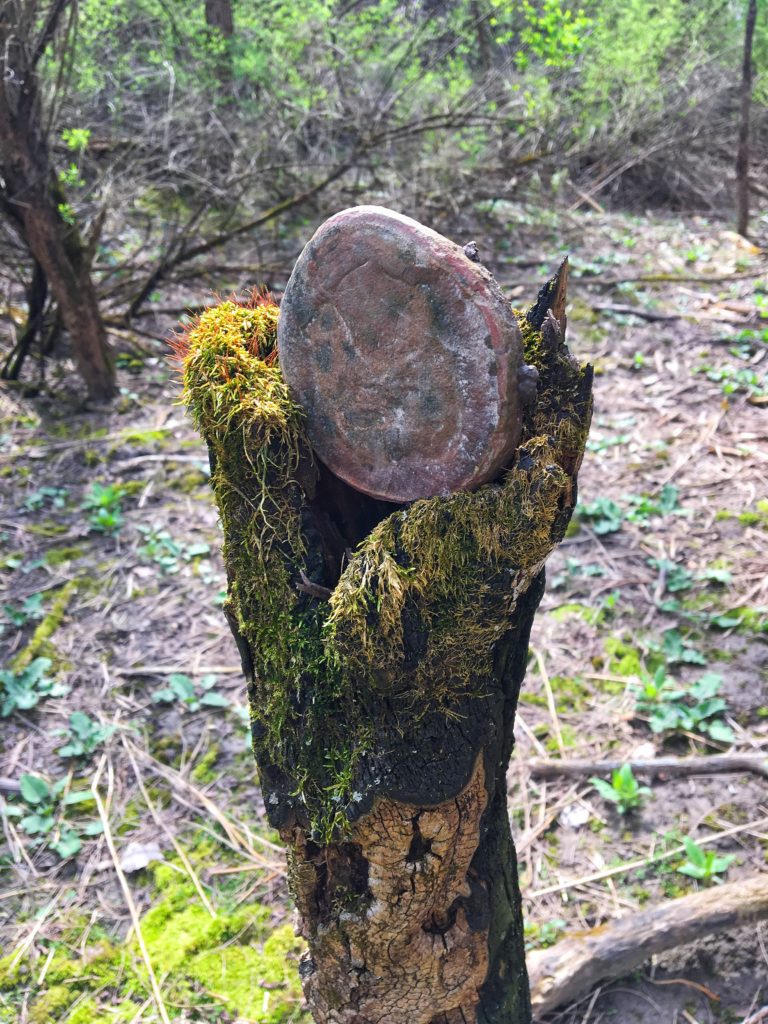 And here are the “pre-opened” ones I found. Nothing too spectacular this trip, but is promising evidence for the closed ones we took home.
And here are the “pre-opened” ones I found. Nothing too spectacular this trip, but is promising evidence for the closed ones we took home.
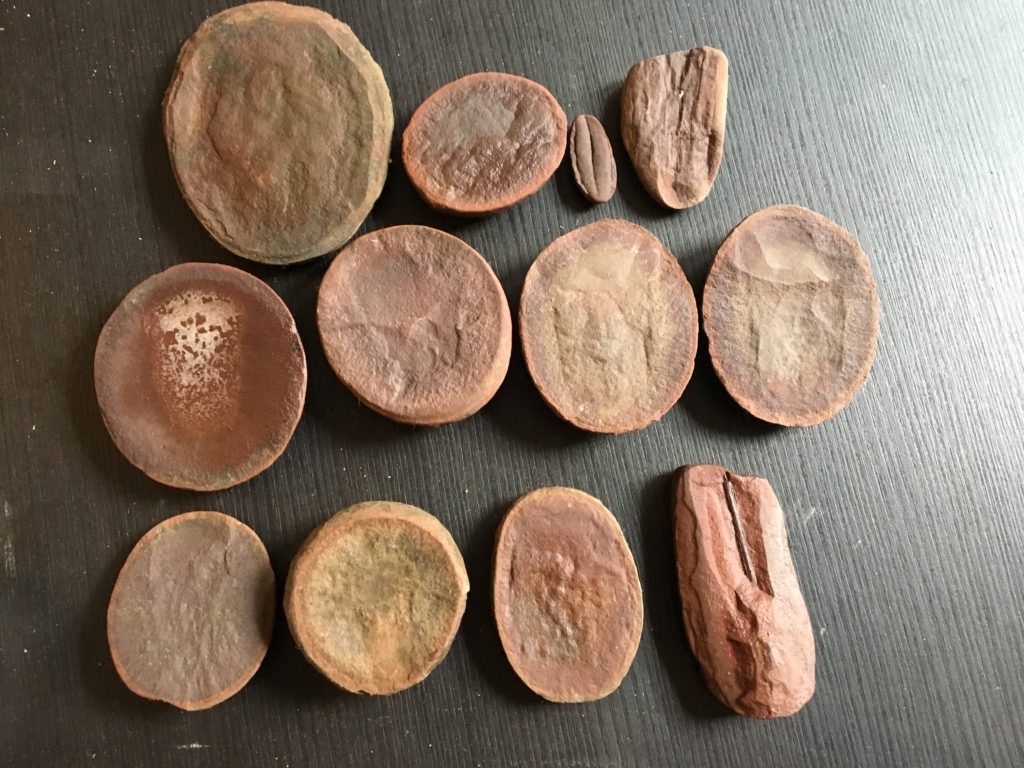 As I said, this was a relatively quick, but fun hunt. And it became time to call it in before the next one.
As I said, this was a relatively quick, but fun hunt. And it became time to call it in before the next one.
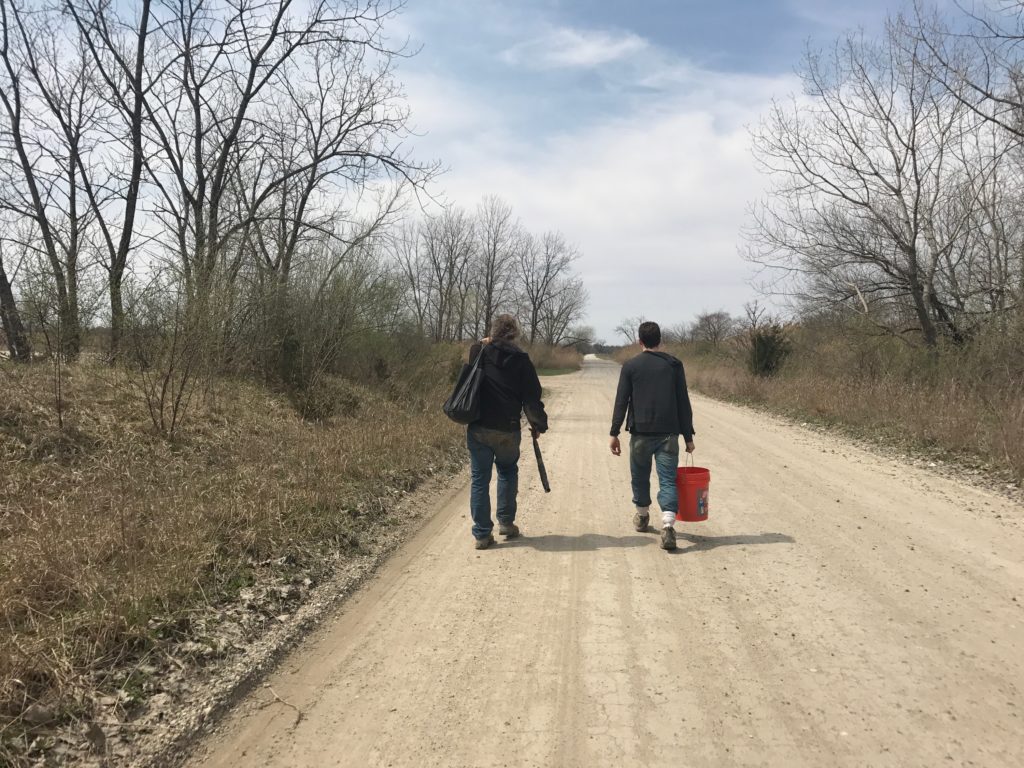 Thanks so much for reading.
Thanks so much for reading.
Sometimes I get discouraged, and think that American Fossil Hunt is just a blog about a twenty-something guy digging for rocks on the weekends in the middle of the woods. And sometimes I feel like this website will become much bigger, and help people to experience nature from the eyes of a naturalist, an amateur geologist or paleontologist, or as way to get kids, family, and friends outdoors to share a very memorable day.
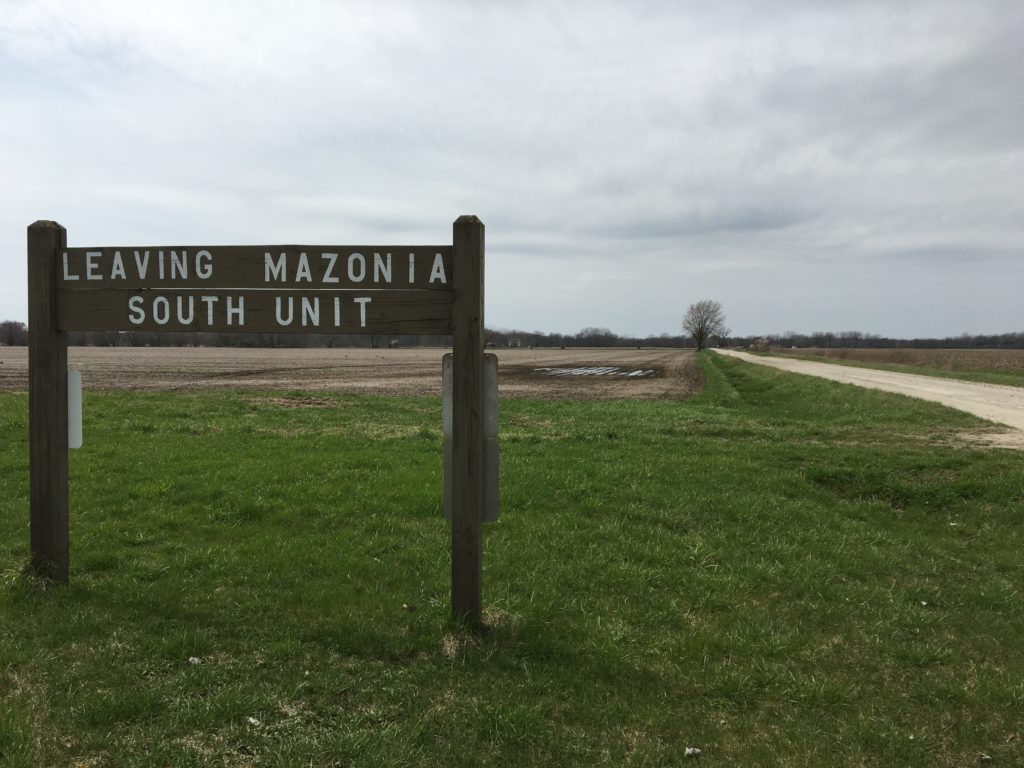
Coming up next, as it warms up, more Mazon Creek posts, some Illinois fishing and kayaking adventures. June is right around the corner where I will be going to California for a vacation, to see a concert, camp in Yosemite, and dig the famous Shark Tooth Hill.
Subscribe or follow for updates.
My name is Patrick Hogle from American Fossil LLC. Sorry about our name similarity. I am so impressed with your blog! Thank you for wonderful reading material!
I look forward to reading about your past and future adventures!
Well done!
Patrick nice to meet you, thanks so much for the kind words, it means alot! Hope we get to do a dig someday, and no apologies needed 🙂 its a good name, and we do some different things so i dont think theres room for much confusion.
So I have no idea what is a concretion?? I read some on-line and still am in the dark. You took some “unopened ones” home… to open later? Signed, Curious
Hi! Concretions are roundish ‘ironstone’ rocks that are formed around plants or animals that died or were trapped in sediment around 300 million years ago, when Illinois was part of a large inland sea. When Braidwood operated a coal mine, these were uncovered in the shale alongside the coal. This link is one of my go-to’s, as the field museum did a lot of research on it
https://www.fieldmuseum.org/node/5126